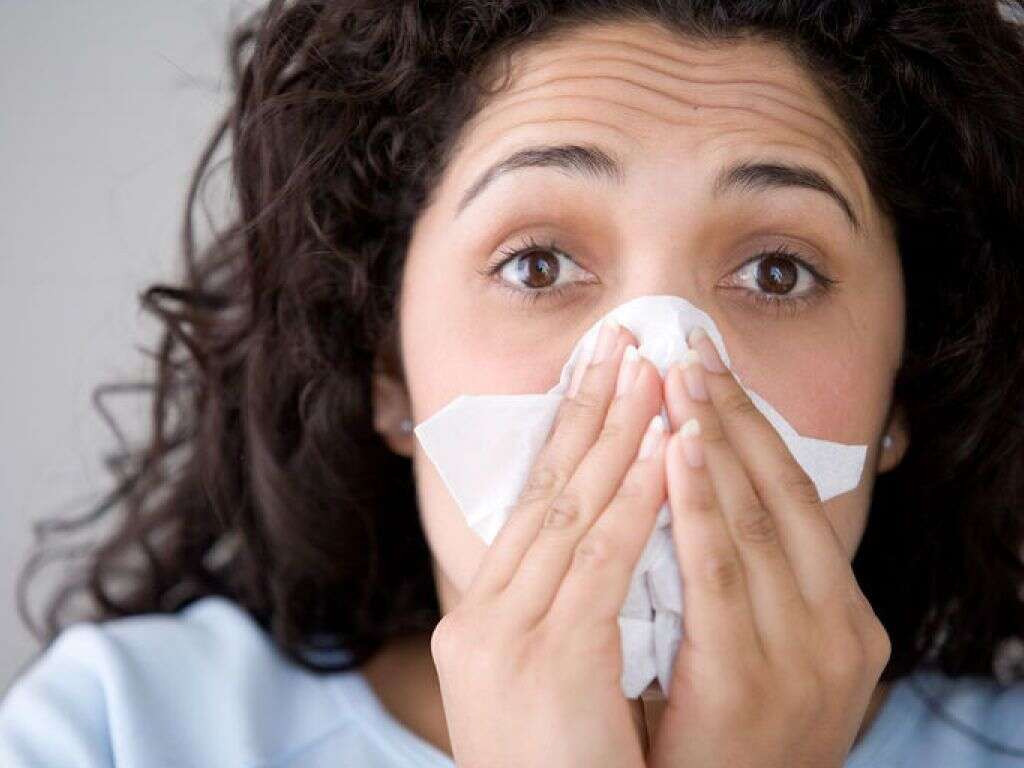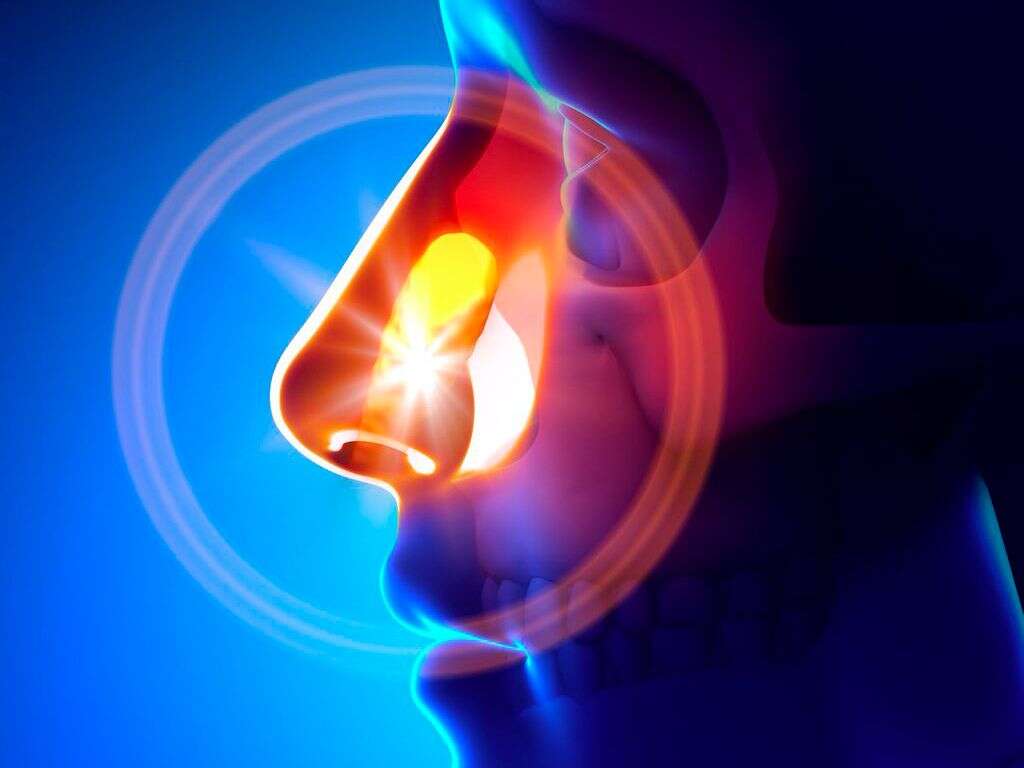10 Bronchitis Symptoms
Bronchitis is the name given to a respiratory disease that affects the main air passageways to the lungs known as bronchial tubes. The condition is usually caused by viruses or bacteria that also cause the common cold. Other causes of bronchitis include smoking and breathing in dust or polluted air. Bronchitis symptoms escalate as a result of irritation and inflammation of the bronchial tubes. There are two types of bronchitis; acute bronchitis, which sticks around for around one to two weeks; and chronic bronchitis which remains for months and may recur through the years.
It is worth to note that the trachea branches into two bronchi; one leading into the right lung and the other leading into the left lung. The bronchi are the main passageways through which air passes in and out of the lungs during respiration. When these airways are infected, the resultant irritation and inflammation presents with various symptoms that may be similar to those of the common cold. In case you have the following 10 bronchitis symptoms, you could be having bronchitis.
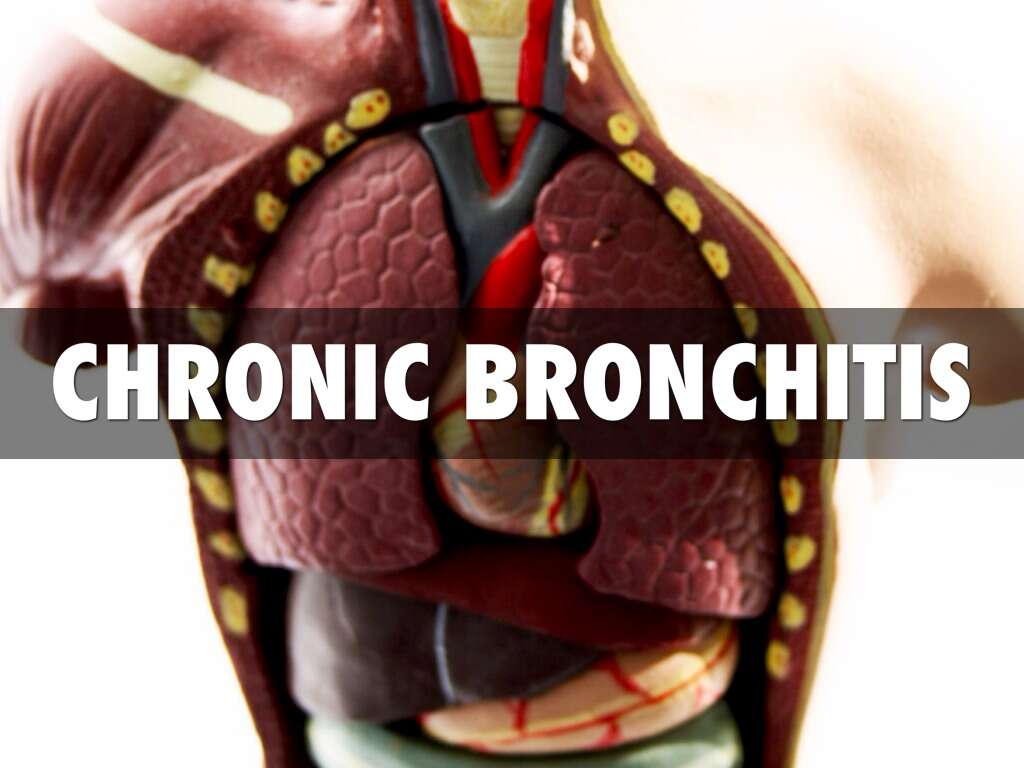
Symptom #1: Coughing
Normally, the inner surface of the bronchi produces some mucus to trap and remove dust and other particles that you breathe in. However, when an infection occurs, or there is presence of high amount of foreign particles, the mucus membranes of the bronchi are irritated. This causes the bronchi to produce increased amounts of mucus in its attempt to get rid of the irritants.
The cough usually worsens in the morning, at night, and during cold weather, and may make it difficult for you to sleep. In case of acute bronchitis, the cough improves substantially in 10 to 20 days. However, in case of chronic bronchitis, coughing and other symptoms can go on for months.

Symptom #2: Sputum
An ordinary cough does not always produce sputum. But a persistent cough that produces sputum is indicative of bronchitis. As we have seen, bronchitis results from the irritation of bronchial tubes. This leads to over production of mucus as the body’s defense mechanism to expel the irritant.
The sputum may be white, yellowish or grayish, and in rare instances be blood stained. But the blood stained sputum in bronchitis should not be cause for alarm as it is usually occasional. However, if blood stained phlegm increase in amount and persistence, you need to see a doctor for assessment. This will ensure that it is not a sign of a more serious underlying problem.
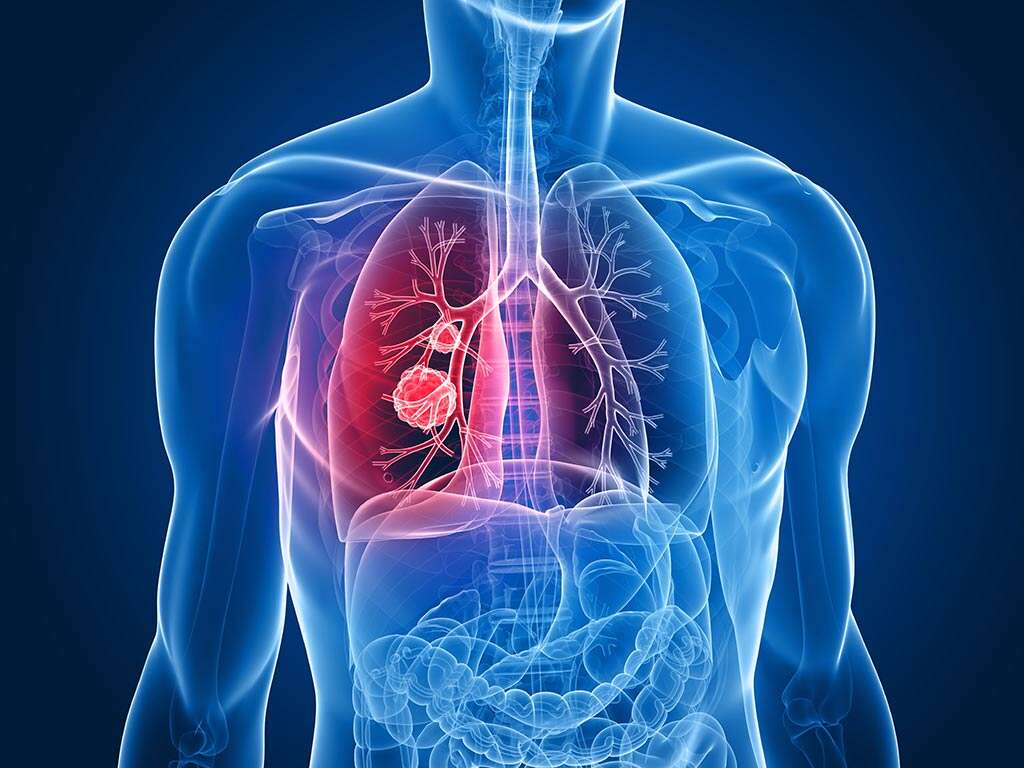
Symptom #3: Runny Nose
In addition to a cough, bronchitis can present with a runny nose, which is more common in children. A runny nose has similar causes to a productive cough. It occurs when there is increased production of mucus by the mucus membranes lining the upper respiratory passageways, including the nasal cavity.
It is worth noting that as phlegm moves up from the bronchial tubes, it can irritate the throat and the nasal cavity, and cause increased mucus production. In most instances, the runny nose condition subsides within a few days even before the bout of bronchitis ends.
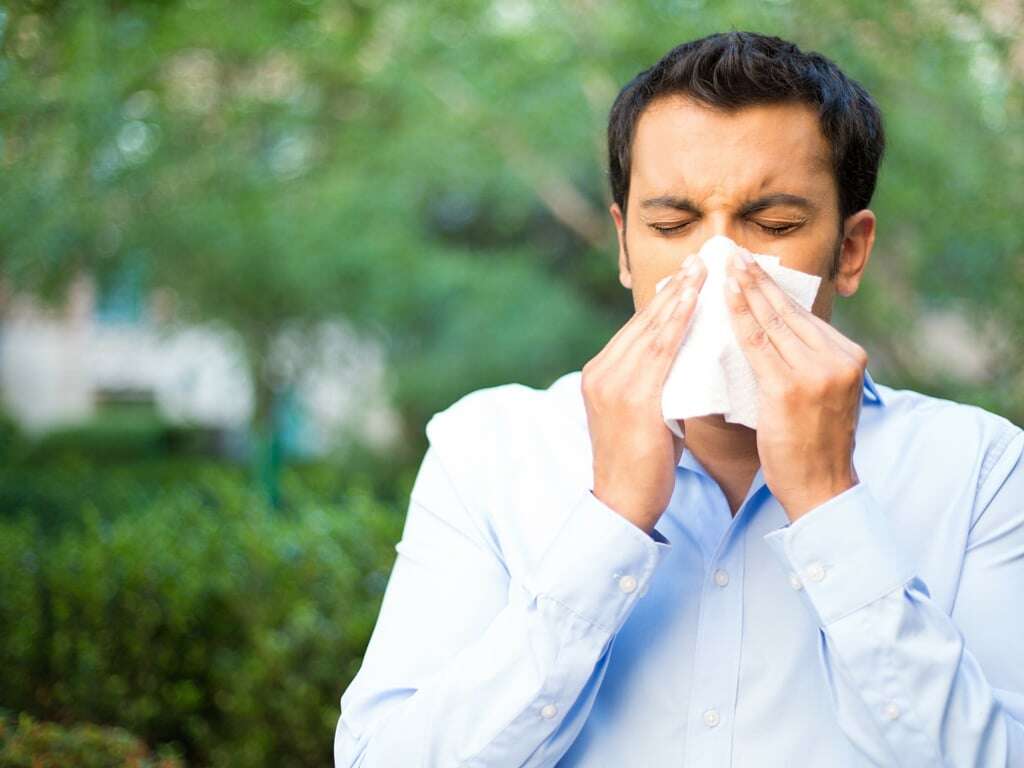
Symptom #4: Wheezing
In addition to coughing, if you have bronchitis, you may experience wheezing as you breathe out. This is caused by the vibration of air as it passes through the constricted opening of the bronchi. In acute bronchitis, the wheezing goes away when coughing subsides following reduced production of mucus.
In cases of chronic bronchitis, wheezing may go on for a long time, and be accompanied by breathlessness due to badly inflamed, and swollen mucus membranes within the bronchi. Chronic bronchitis can worsen and require a visit to the emergency room. If you have chronic bronchitis, your doctor may prescribe an inhaler to relieve wheezing.

Symptom #5: Chest Congestion
Because in bronchitis the inner surface of bronchial tubes is irritated and covered by a heavier than normal film of mucus, air movement is restricted. But because your body still requires oxygen, which it gets through breathing, you draw in air in spite of the compromised passage. This is the reason why wheezing may occur. Additionally, your chest may feel congested, heavy and even painful.
If you have the feeling of congestion and discomfort, you may need to visit a doctor. Anti-inflammatory medication may be prescribed in case of acute bronchitis. In case of chronic bronchitis, more appropriate medications may be prescribed to relieve the chronic pain and discomfort.

Symptom #6: Shortness Of Breath
Amid persistent productive coughing, wheezing and congested chest, shortness of breath is one more bronchitis symptom. As we have seen, the bronchi are the main air passages into the lungs. The bronchi are divided further into smaller air passages which lead into air bags deep in the lungs called bronchioles where air exchange occurs. Now, when the bronchi are irritated, they produce excessive amounts of mucus, some of which may flow deeper into the lungs.
This reduces the surface area of the air exchange surface in the bronchioles. The irritated conditions of the bronchi, and bronchioles, make it harder to get enough air into the lungs. The body’s demand for oxygen, and the difficulty in getting air into the lungs lead to shortness of breath.
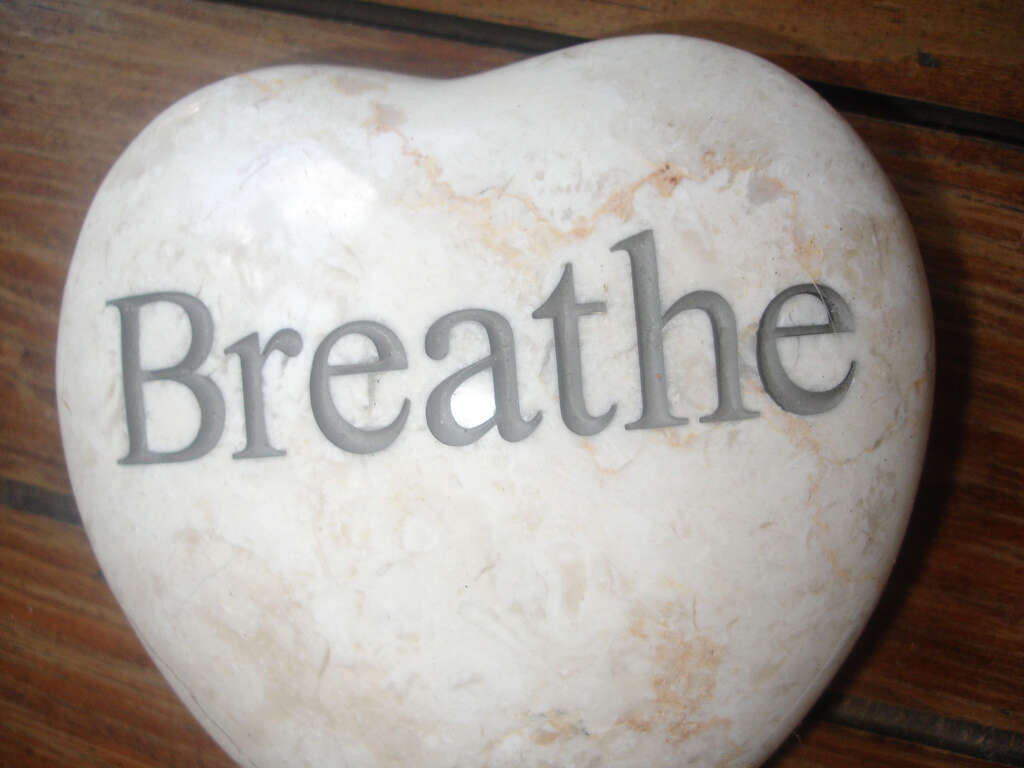
Symptom #7: Low Grade Fever
Fever is another common bronchitis symptom that is more common in children. Fever is one of the body’s defense mechanisms and usually sets in when the presence of viruses or bacteria threatens to interfere with the workings of the immune system. The rise in body temperature is meant to kill the viruses or bacteria causing the infection in the lungs. The rise in temperature causes shivers as the body works to readjust its temperature.
In most cases of bronchitis, the fever does not go beyond 100°F. However, when the fever goes beyond this point, it is recommended that you visit a doctor for diagnosis and treatment.

Symptom #8: Swollen Lymph Nodes
The function of your lymph system is to remove toxins and waste material from your body. When there is an infection in the body such as bronchitis, the lymph system kicks in to get rid of the viruses and bacteria. You can look at the lymph system as a battle ground between the body’s defense forces and the intruding enemy. The ensuing battle leads to inflammation of the lymph system, and especially the lymph nodes.
Depending on the severity of the infection, the lymph nodes may end up swelling. In the case of bronchitis, the swelling occurs in the lymph nodes on the sides of the neck. The swelling will normally subside with the bronchitis.

Symptom #9: Headaches
While bronchitis primarily affects the main airways in the lungs called bronchi, the irritation of the mucus membranes can extend to the throat and the nasal cavity. The resultant irritation and constriction in the nasal cavity and the throat can irritate the nerves in these areas and lead to headaches.
It is worth to note that headaches are more common when you have a cold or flu and therefore, cannot be relied on to diagnose bronchitis. For this reason, it is more likely that you have bronchitis if you also have other symptoms of bronchitis like coughing, chest congestion and breathing difficulties beside a headache.

Symptom #10: Fatigue & Low Energy
Your body depends on oxygen from the air you breathe in order for it to synthesize energy from the food you eat. Unfortunately, when your air intake is restricted by irritation, the resultant swelling and excess mucus in the airways, less oxygen gets into your bloodstream. This means that your body does not produce adequate energy for you to carry out your ordinary activities.
The little oxygen getting into your bloodstream is used to produce energy for the more essential functions in organs like the brain and the heart. If you have several of the 10 bronchitis symptoms here, and you feel fatigued and low in energy, most probably you have bronchitis.





